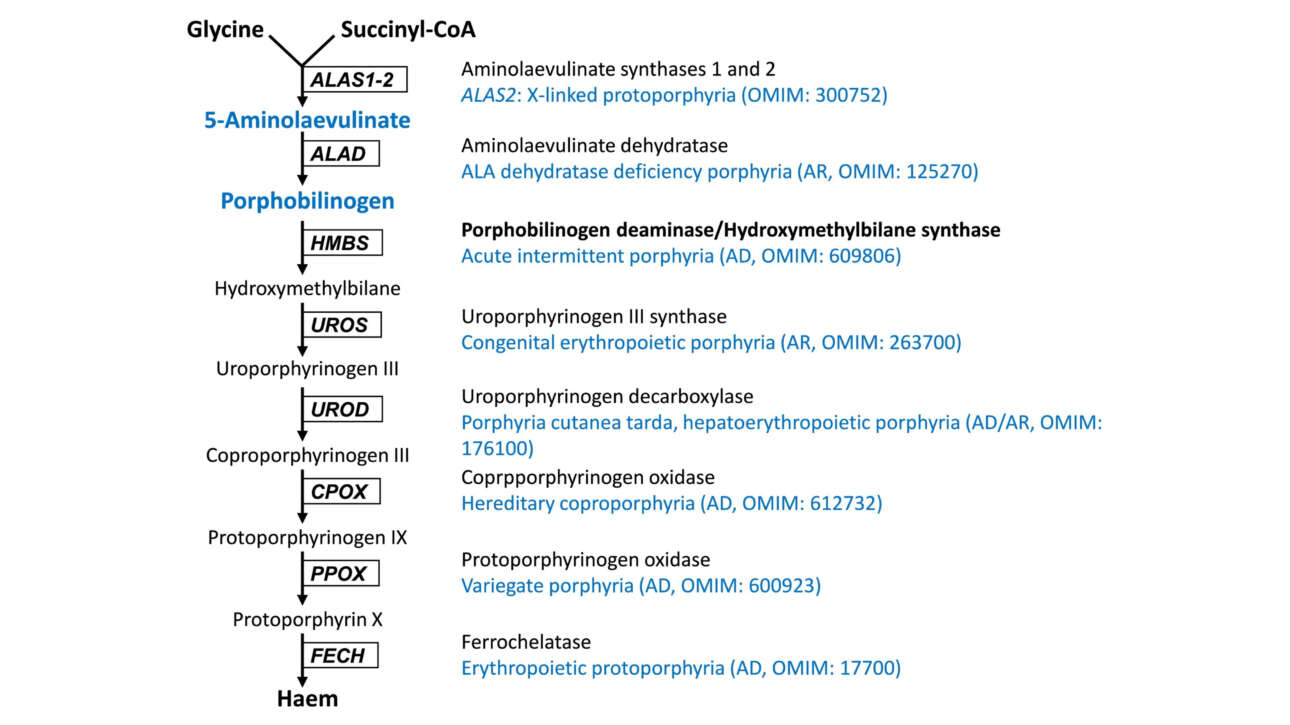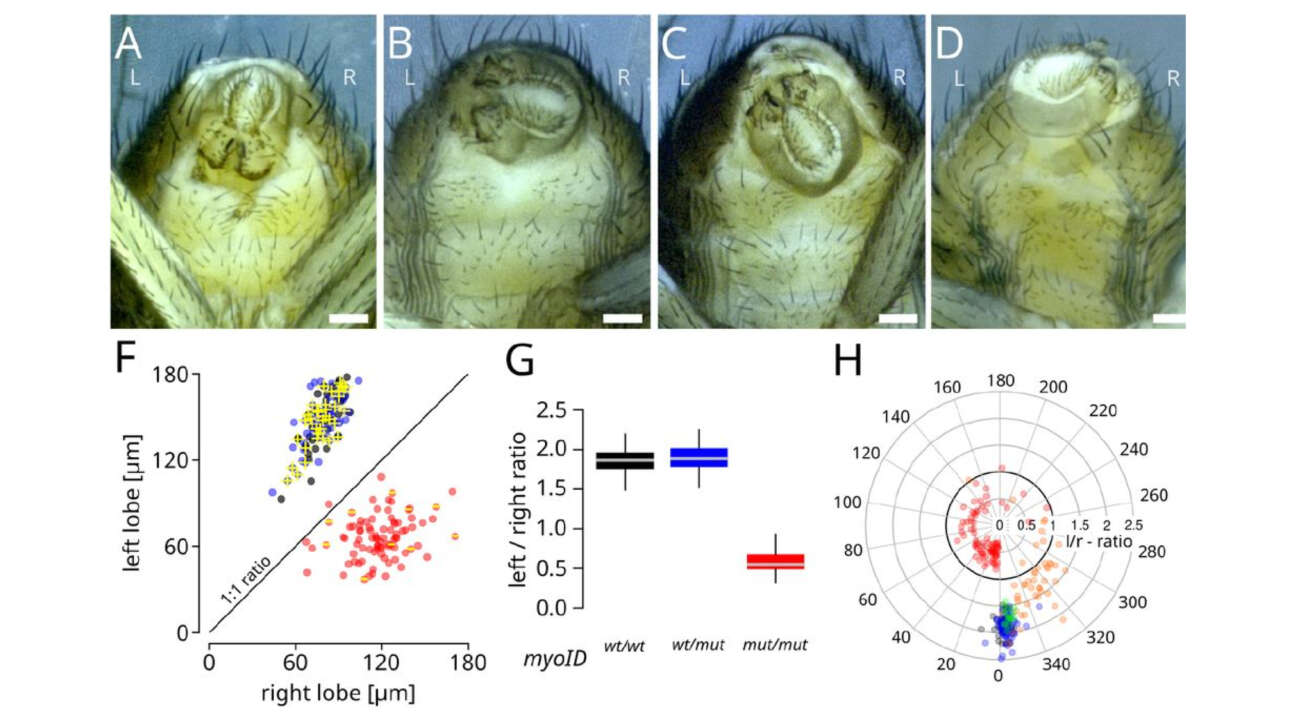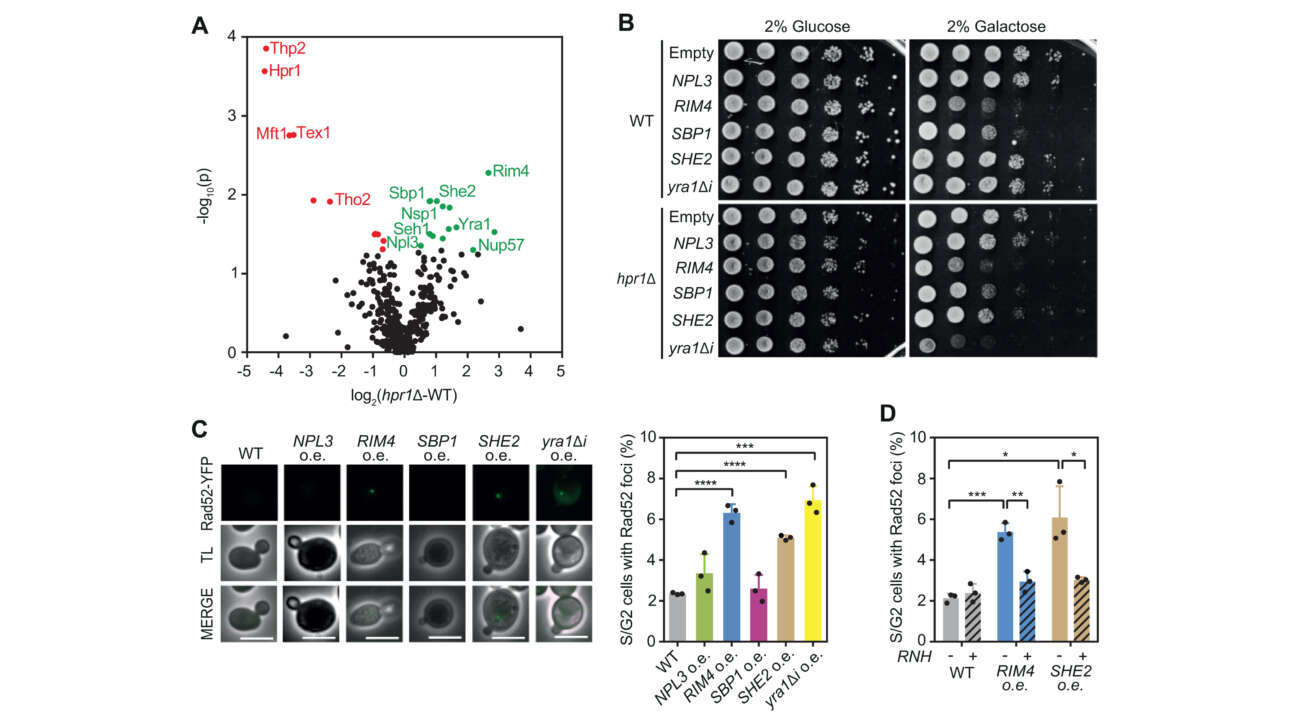L'équipe Veitia a publié un nouvel article dans Journal of inherited metabolic disease :
Gene Dosage Sensitivity and Human Genetic Diseases
Résumé :
Here we review the historical background and contemporary insights into genetic dominance, focusing on haploinsufficiency (HI), that is, when the function of only one allele of a gene is not enough to ensure a…











